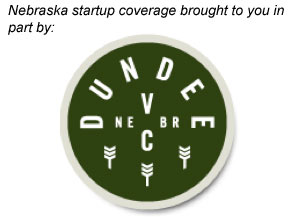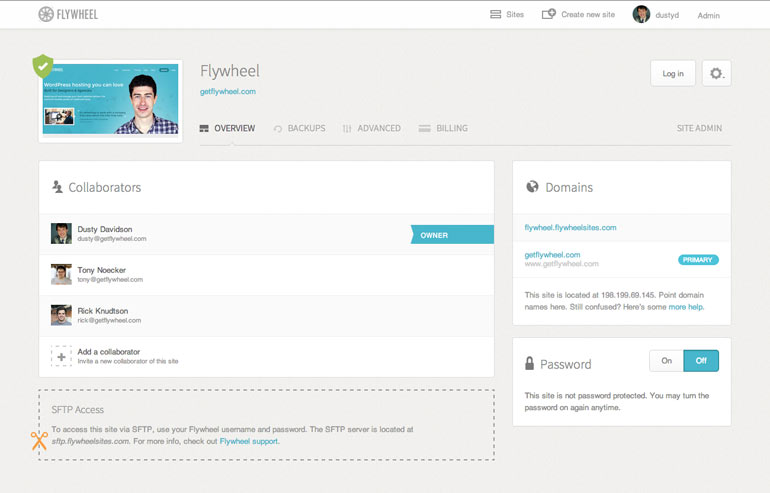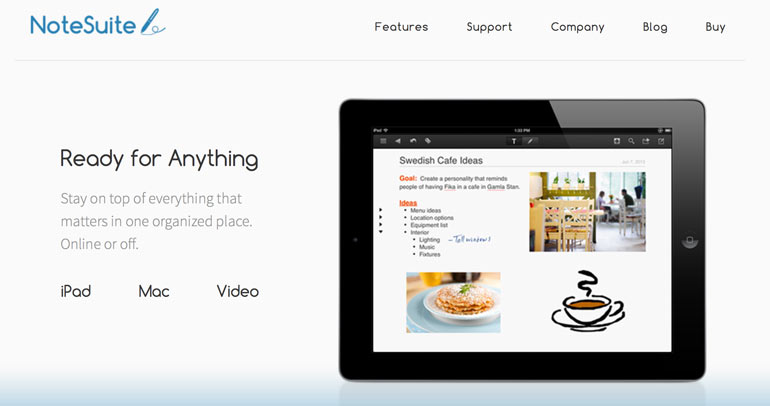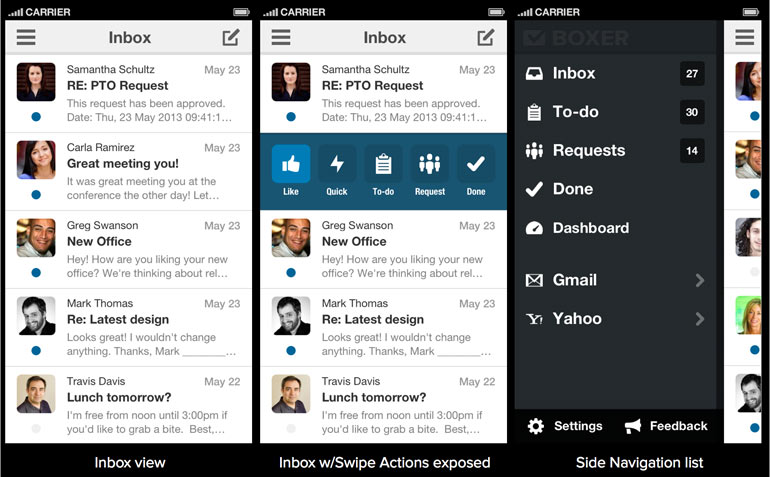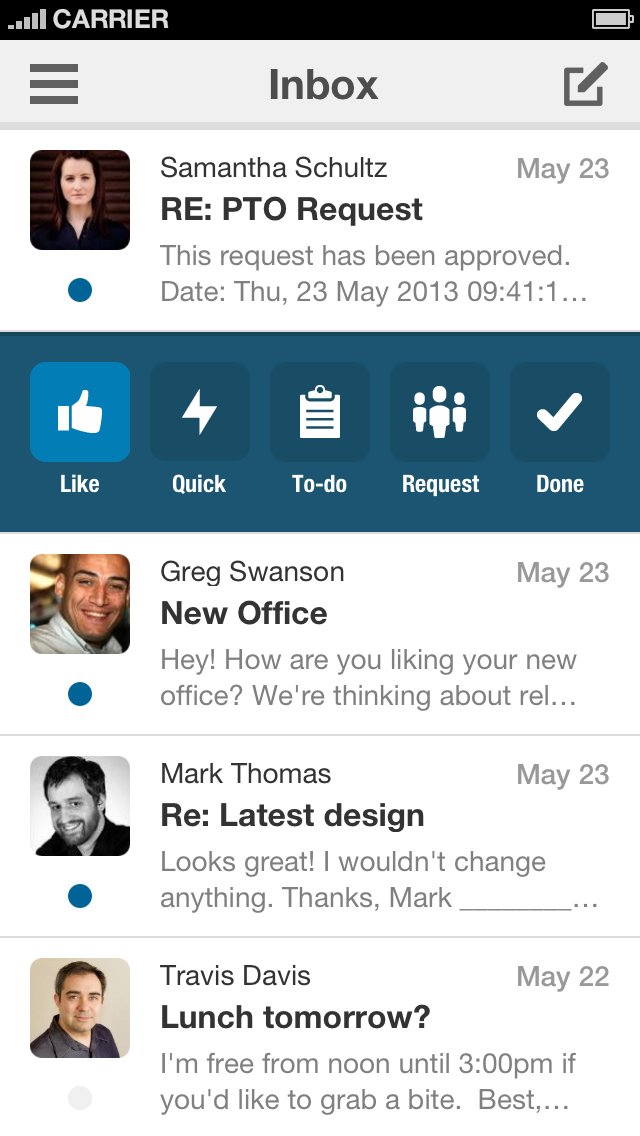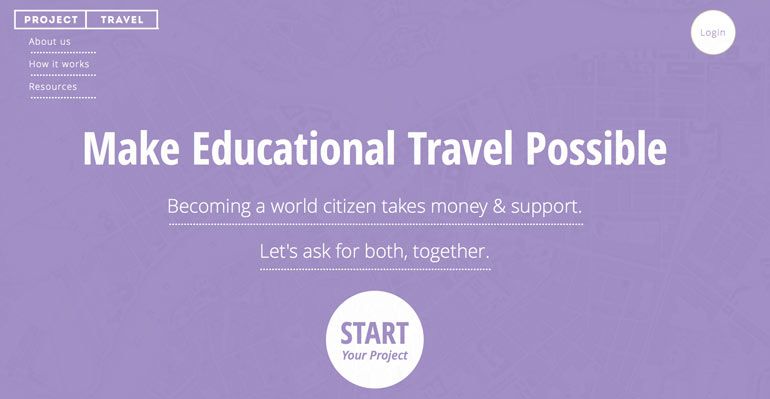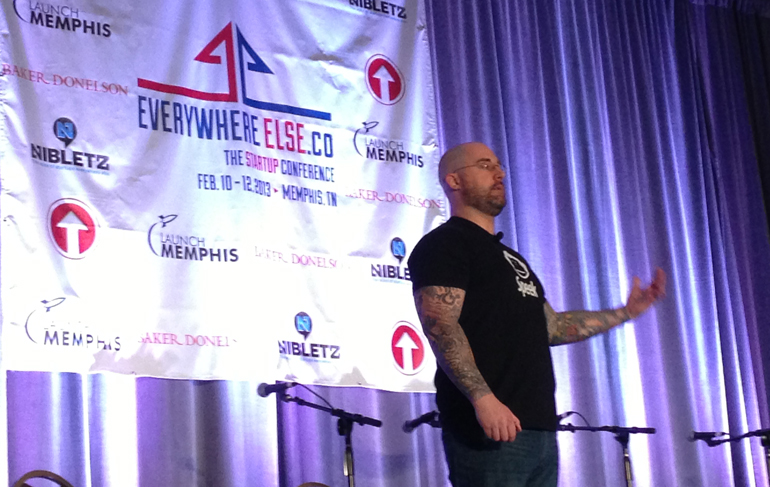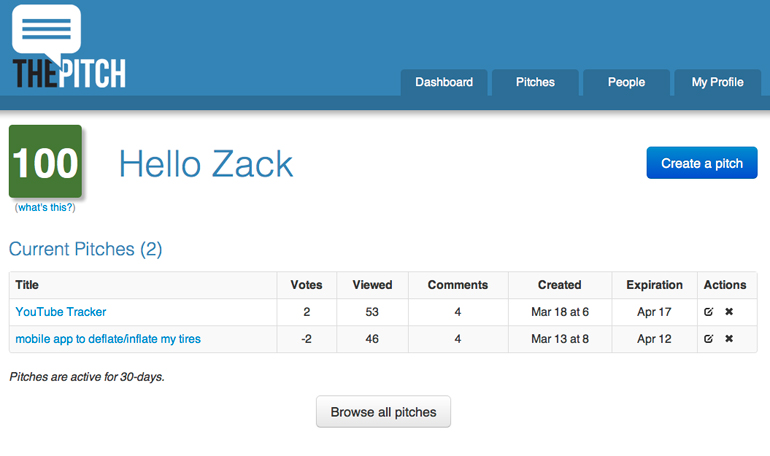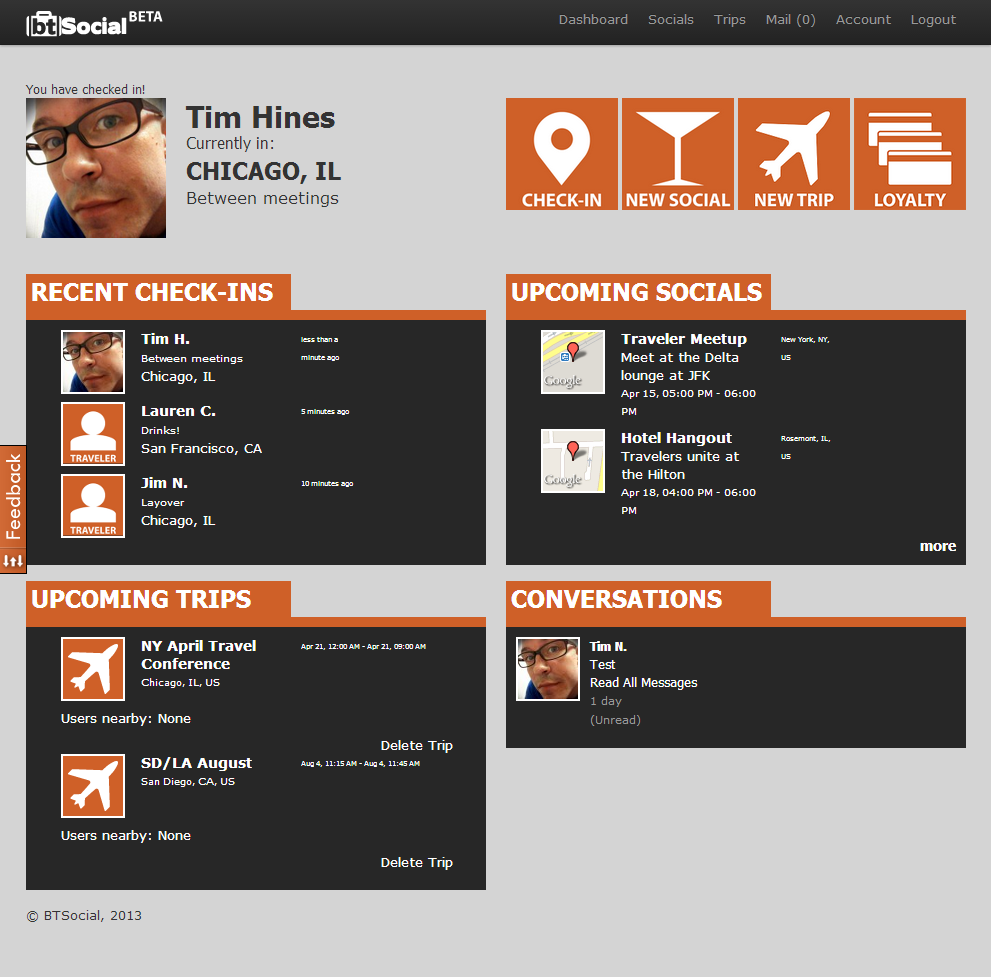OK, so you’ve come up with a wonderful, world-changing business idea and are ready to put it into action. You’ve started writing out your business plan, and are making decisions now that will have a huge impact on your business idea in the future. One of those decisions is critical – and a legal necessity. Before your business can call itself legitimate, it needs to have a legal status; a company structure, if you like. Today, we’re going to go through the four main startup structures and try to give you some hints on how to choose the right one for your needs.
The basics
So, for the purposes of this post, we’re going to assume that you won’t be raising funds via the stock market before getting your business up and running – which rules out starting out as a public limited company. Most startups, therefore, will begin life as one of the following: sole trader, partnership, Limited company and Limited liability partnership. Let’s take a look at each of these and see which is the best fit for your business.
Sole traders
Becoming a sole trader is as easy as letting HMRC know who you are and what you are doing as a business. You will be entitled to keep all the profits of your business, but you will also be liable for all its losses. It’s low-cost, easy to set up, and you will retain full control over your business. And when it comes to tax return time, there is little in the way of financial reporting involved. However, bear in mind that if you will be liable for all debts, as well as paying more tax than you would as a Limited company. And also, your business may lack credibility in the market.
Partnerships
A simple partnership is just like being a sole trader, but with more heads than one! You and your partner(s) will share management responsibilities and profits, and this may give you more opportunity to raise some finance. However, the disadvantages of being in a partnership are the same as being a sole trader, and it can be difficult to wind up if the business doesn’t work out.
Limited company
A Limited company is a private organisation whose owners are only legally responsible for its debts based on the amount of capital they have invested – in other words, your exposure is ‘limited.’ You might need to use a quality company formations service or a lawyer to set up, and there are many different benefits to being limited. You will have less financial exposure, more efficient tax payments, and will be more attractive to potential corporate customers. However, there are lots of regulatory demands and you have to report your finances in public.
Limited liability partnership
Finally, there’s a Limited liability partnership, where some or all of the partners involved will enjoy some of the benefits of partnerships and corporations. It’s a flexible arrangement, and partners will have limited liabilities. However, you also have more responsibilities. All partners must disclose income, for example, and your profits will be taxed as income.
Hopefully, this brief guide will point you in the right direction for choosing your startup’s legal status. Good luck with the business!









